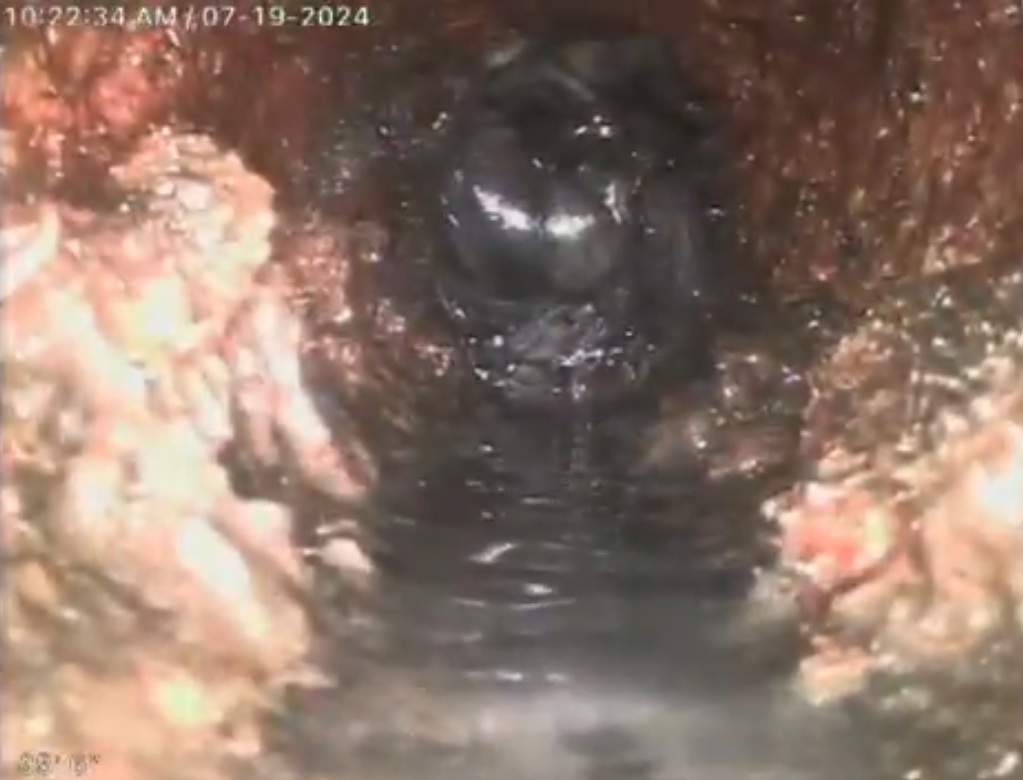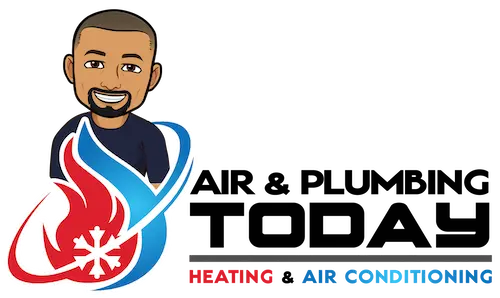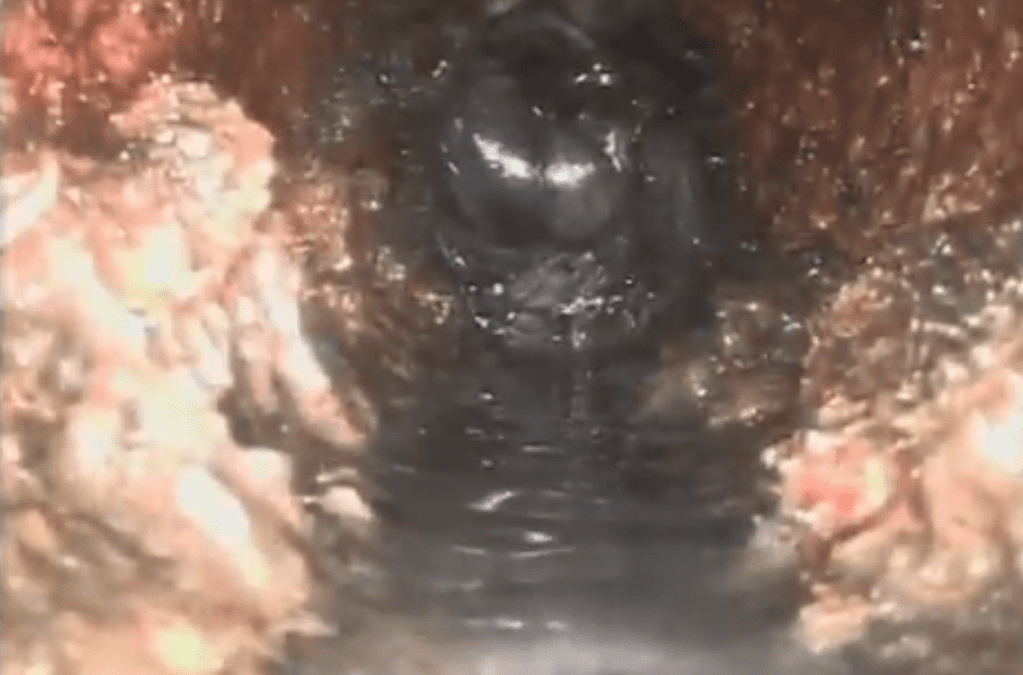Here are the signs of a sewer line clog and how to handle it.
Sewer Line Clog Symptoms and Solutions
Dealing with a clogged sewer line is a nightmare for any homeowner in San Antonio or Austin. A main sewer line that’s almost completely clogged can cause significant issues if not addressed promptly. In this blog, we’ll explore the symptoms of a sewer line clog, the main causes, the worst things you can put down your drains, and how a professional plumber can resolve the issue. For residents in San Antonio or Austin, Air & Plumbing Today offers expert, affordable solutions for sewer line clogs—more on that later.
Symptoms of a Main Sewer Line Clog
A nearly or fully clogged sewer line exhibits several telltale signs. Recognizing these symptoms early can prevent costly damage to your home:
-
Multiple Drains Backing Up: If your toilet, shower, and sink are all draining slowly or backing up simultaneously, the issue likely lies in the main sewer line rather than an individual fixture.
-
Toilet Gurgling or Bubbling: When you flush the toilet, air trapped by a clog in the sewer line can create gurgling sounds as it escapes through the water.
-
Sewage Odors: A foul smell resembling rotten eggs or sewage coming from your drains or yard indicates a backup in the sewer line, potentially allowing gases to escape.
-
Slow Draining Fixtures: Water draining slowly in sinks, tubs, or showers, even after plunging, suggests a blockage in the main line affecting all connected drains.
-
Sewage Backup: The most severe symptom—raw sewage backing up into your home through drains, toilets, or even floor drains in the basement—is a clear sign of a major clog.
-
Water Pooling in the Yard: If you notice soggy patches, sinkholes, or unusually green grass in your yard near the sewer line, it could indicate a break or clog causing leakage.
-
Rodent or Insect Activity: A clogged or broken sewer line can attract pests like rats or flies, which are drawn to the waste and moisture.
-
Increased Utility Bills: A clog can cause your plumbing system to work harder, potentially increasing water usage as you attempt to flush or drain repeatedly.
Main Causes of Sewer Line Clogs
Several factors can lead to a sewer line clog, especially in older homes or areas with specific environmental challenges:
-
Tree Root Intrusion: Tree roots seeking moisture can infiltrate sewer lines through joints or cracks, creating blockages over time. This is common in cities like Austin with large, mature trees.
-
Grease and Fat Buildup: Cooking grease, oils, and fats solidify inside pipes as they cool, gradually narrowing the pipe and trapping other debris.
-
Foreign Objects: Items like toys, hygiene products, or excessive toilet paper can get stuck in the sewer line, especially if the pipe has bends or low spots.
-
Pipe Deterioration: Older pipes, particularly those made of clay or cast iron, can corrode, crack, or collapse, creating rough surfaces where debris accumulates.
-
Silt and Debris: Dirt, sand, and other sediment can enter the sewer line through cracks or during heavy rain, especially in areas with poor drainage, leading to clogs.
-
Flushing Non-Flushable Items: Items labeled as “flushable” (like some wipes) often don’t break down properly, contributing to blockages over time.
Worst Things Homeowners Can Put Down Drains or Toilets
Certain items should never go down your drains or toilets, as they’re notorious for causing sewer line clogs. Dispose of these in the trash instead:
-
Grease, Oils, and Fats: These solidify in pipes, creating stubborn blockages over time.
-
Flushable Wipes: Despite the label, these wipes don’t disintegrate like toilet paper and can accumulate in the sewer line.
-
Feminine Hygiene Products: Tampons, pads, and liners are not designed to break down in water and can easily cause clogs.
-
Paper Towels: Unlike toilet paper, paper towels are too thick and durable to break down, leading to blockages.
-
Diapers: Both disposable and cloth diapers are bulky and can quickly clog a sewer line.
-
Cotton Balls and Q-Tips: These small items can get caught in pipe bends and trap other debris.
-
Food Scraps: Coffee grounds, rice, pasta, and vegetable peels can swell or stick to pipes, especially when mixed with grease.
-
Hair: Hair from shaving or showering can form dense mats in the sewer line, catching other debris.
-
Cat Litter: Even “flushable” litter can clump in pipes, and the accompanying waste adds to the problem.
-
Medications: Pills can dissolve partially, creating chemical residues that attract other debris or harm the sewer system.
Steps a Professional Plumber Takes to Find a Sewer Line Clog
Professional plumbers follow a systematic approach to locate a sewer line clog:
-
Initial Assessment: The plumber will ask about symptoms (e.g., slow drains, odors) and inspect visible drains for signs of backup.
-
Sewer Camera Inspection: Using a specialized camera, the plumber will insert a flexible rod with a camera into the sewer line to visually identify the clog’s location, type, and severity.
-
Check Cleanout Access: The plumber will locate the sewer cleanout (usually a capped pipe in the yard or basement) to access the main line for inspection and clearing.
-
Evaluate Pipe Condition: During the camera inspection, the plumber will also check for pipe damage, root intrusion, or structural issues that may contribute to the clog.
-
Determine Blockage Type: The plumber will identify whether the clog is due to grease, debris, roots, or a collapsed pipe, which informs the clearing method.
Steps to Eliminate a Sewer Line Clog
Once the clog is located, a professional plumber will take the following steps to clear it:
-
Hydro Jetting: For grease, debris, or minor root intrusion, the plumber may use high-pressure water (hydro jetting) to blast through the clog and clean the pipe walls.
-
Sewer Snake or Auger: For tougher clogs, a motorized auger or sewer snake is inserted into the line to break up or pull out the blockage, such as tree roots or solid objects.
-
Root Removal: If tree roots are the issue, the plumber may use a root-cutting tool attached to the auger to slice through the roots, followed by hydro jetting to clear debris.
-
Pipe Repair or Replacement: If the pipe is damaged (e.g., cracked or collapsed), the plumber may recommend trenchless pipe repair (like pipe lining) or, in severe cases, replacement of the affected section.
-
Post-Clearing Inspection: After clearing the clog, the plumber will often perform another camera inspection to ensure the line is fully clear and no additional damage exists.
-
Preventive Recommendations: The plumber may suggest regular maintenance, such as annual inspections or root barriers, to prevent future clogs.
Expert Help from Air & Plumbing Today
If you’re in San Antonio or Austin and facing a sewer line clog, Air & Plumbing Today has friendly, expert plumbers who can help. They specialize in diagnosing and clearing sewer line clogs at affordable rates. Contact them in San Antonio at 210-519-5959 or in Austin at 512-859-5959 for prompt, reliable service.
Don’t let a clogged sewer line disrupt your home—address the symptoms early and trust professionals to keep your plumbing in top shape!

Our Offices
3615 Tavern Oaks San Antonio TX 78247
2009 FM 620 N Lakeway, TX 78734
Call or Text Us
Email Us
Hours
24/7 EMERGENCY SERVICE
(A live person always answers)
By submitting this form and signing up for texts, you consent to receive messages from Air & Plumbing Today LLC at the number provided regarding your request, updates about appointments and services or promotions and offers, including messages sent by autodialer. Consent is not a condition of purchase. Msg & data rates may apply. Msg frequency varies. Unsubscribe at any time by replying STOP. Reply HELP for help. Privacy Policy & Terms


Recent Comments